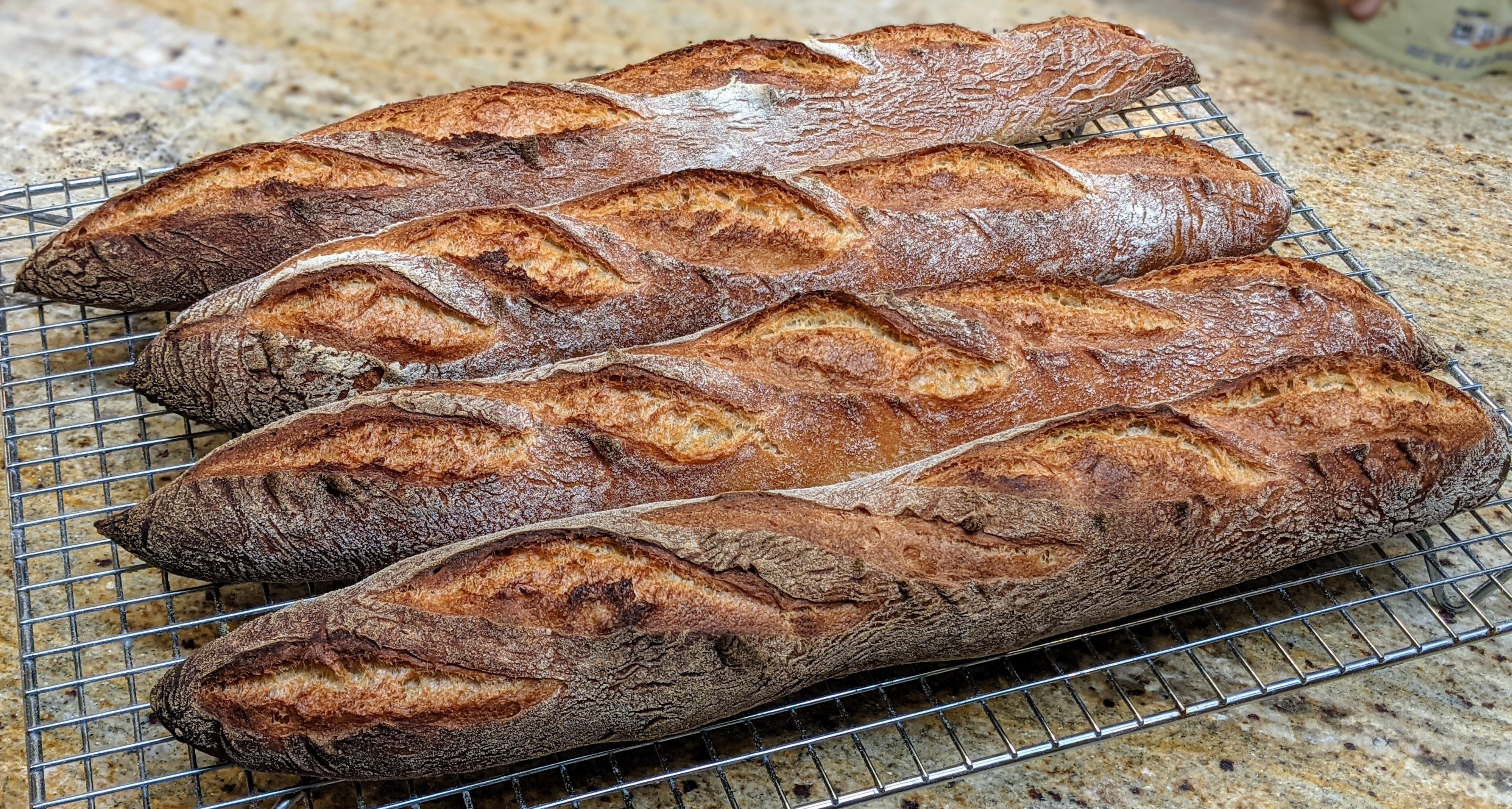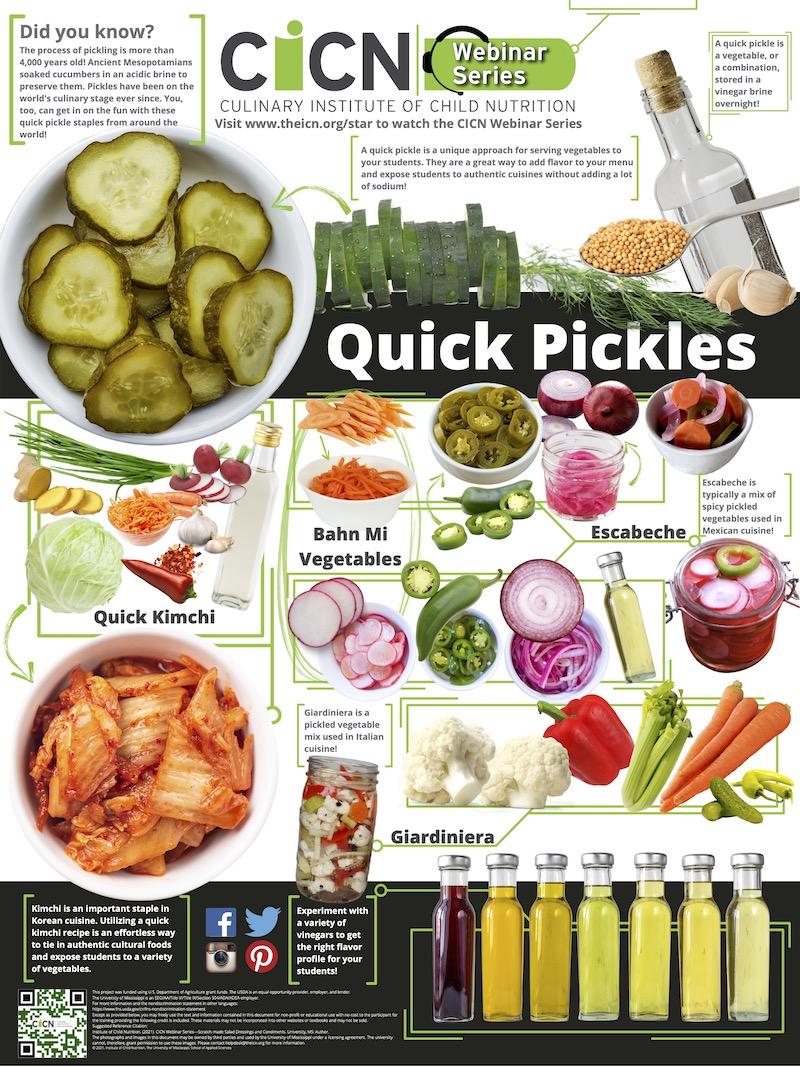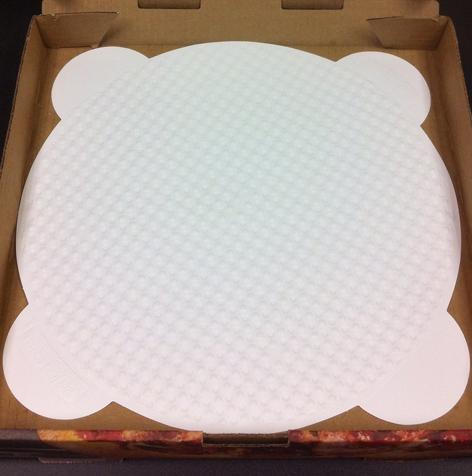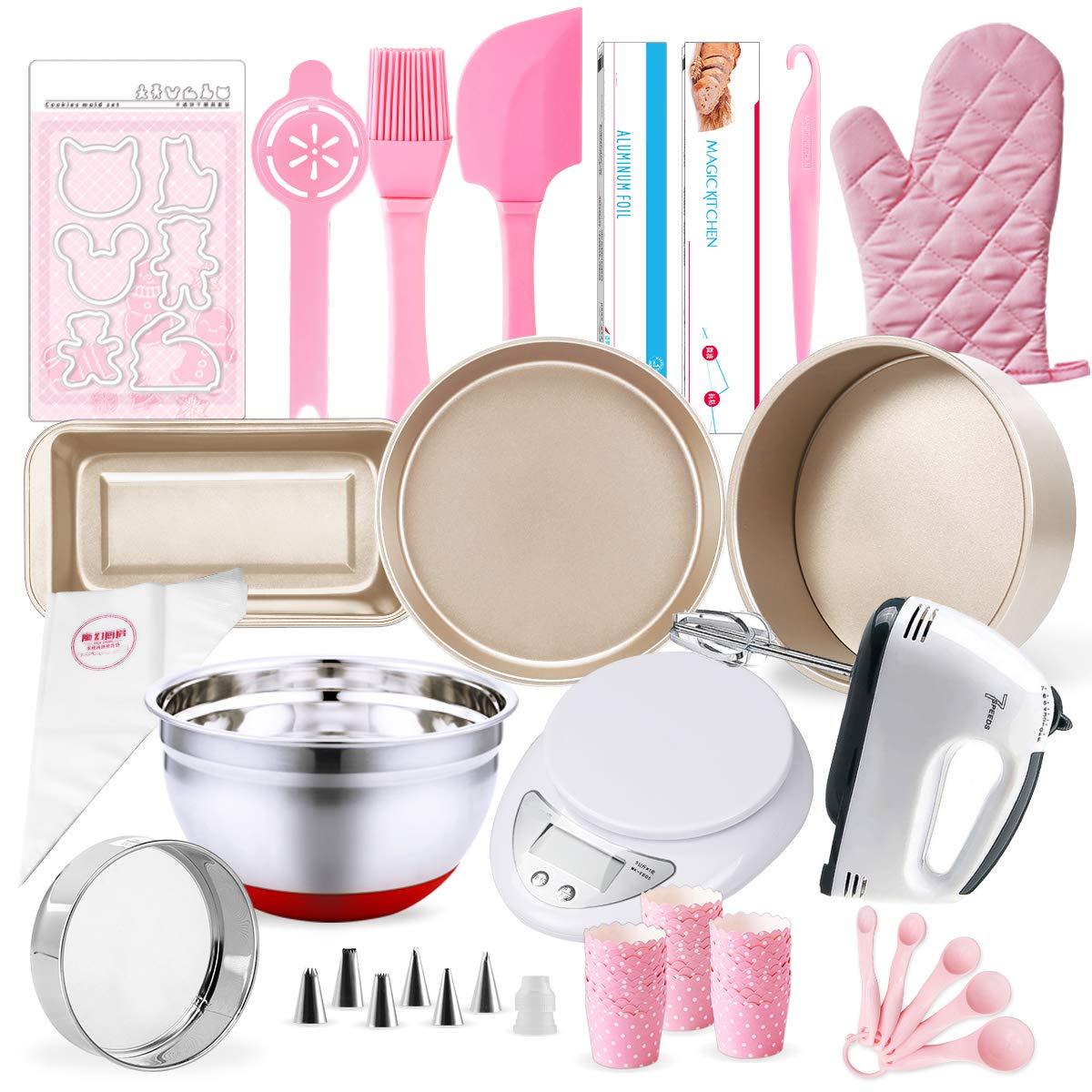Mastering the Art of Baking the Ideal french Baguette
In a world where convenience frequently enough reigns supreme, the allure of a well-crafted French baguette endures, symbolizing not just nourishment but also a connection to centuries of culinary tradition. The golden crust, with its telltale crispness, gives way to a soft, airy interior that invites both sweet and savory pairings alike. Yet, perfecting this quintessential loaf is no small feat; a process intertwined with precision, patience, and a touch of artistry that transforms simple ingredients into a masterpiece. From understanding the importance of fermentation to mastering your kneading technique, each step in crafting the ideal baguette holds secrets waiting to be unraveled. Join us on a journey that explores the nuances of bread-making, as we delve into the techniques, tips, and delightful nuances that will elevate your baking skills and bring the heart of France into your kitchen. Whether you’re an aspiring baker or a seasoned pro, the path to a flawless baguette is a rewarding challenge worthy of your time and effort.
Understanding the Science Behind Baguette dough Fermentation
Baguette dough fermentation is a engaging interplay of science and art,primarily driven by yeast and bacteria working together to create the signature flavour and texture. During the fermentation process, yeast consumes sugars present in the flour, producing carbon dioxide and alcohol. This gas gets trapped in the elastic gluten structure, leading to the dough’s characteristic rise. Additionally, the byproducts of fermentation contribute to the bread’s depth of flavor. Key factors influencing fermentation include:
- Temperature: Warmer environments accelerate yeast activity, while cooler temperatures slow it down.
- Hydration: Higher water content enhances fermentation, promoting a more open crumb.
- Time: Extended fermentation can improve flavor complexity but requires careful monitoring.
Alongside yeast, wild lactic acid bacteria also thrive in dough, especially during the delayed fermentation stages. These microorganisms not only contribute to the fermentation but also produce lactic acid, which enhances the bread’s flavor profile and contributes to its shelf life. Understanding the balance of this microbial ecosystem is crucial for bakers aspiring to create the perfect baguette.Here’s a simplified look at the fermentation stages:
| Stage | Description | Impact on Flavor |
|---|---|---|
| initial fermentation | Yeast begins to activate and consume sugars. | Basic sourness develops. |
| Bulk Fermentation | Dough is allowed to rise and develop strength. | Complex flavors develop. |
| Final Fermentation | Shaping and resting enhance dough structure. | Final flavor notes emerge. |

Choosing the Right Ingredients for Authentic Flavor Profiles
When embarking on the journey to bake the perfect French baguette, the choice of ingredients becomes a pivotal factor in achieving the desired flavor and texture. Flour is the star player in this ensemble; for authentic French baguettes, you shoudl opt for high-protein bread flour that can create a strong gluten network. This allows for that signature chewy crust and airy interior. Additionally, consider using fine sea salt, as it enhances the flavor without overpowering the natural wheat taste, giving your baguette a subtle depth. Don’t forget about active dry yeast or fresh yeast; the fermentation process is crucial for development and will frequently enough dictate the baguette’s aroma and taste.
Water quality can also dramatically influence your dough, so choose a source that is both pure and filtered. Hard water can enhance gluten development due to its mineral content, while soft water can yield a more supple dough. For a slight tang and deeper flavor, some bakers introduce malt or diastatic malt powder which helps in fermentation and browning. Here’s a quick overview of essential ingredients:
| Ingredient | Purpose |
|---|---|
| High-Protein Bread Flour | Creates structure and chewiness |
| Fine Sea Salt | enhances flavor |
| Yeast | Fermentation and rise |
| Water | Hydrates and develops gluten |
| Malt Powder | Improves flavor and colour |

Techniques for achieving the perfect Crust and Texture
To achieve the perfect crust for your French baguette, it’s essential to focus on the right combination of ingredients and techniques. Start with a high-quality bread flour,which has a higher protein content,giving your baguette that desirable chewiness. The process of autolyse, where flour and water are mixed and allowed to rest before adding yeast and salt, helps develop gluten and improves the dough texture. Additionally, consider incorporating preferments like poolish or biga, which add depth of flavor and enhance the crust during baking.
Baking techniques play a crucial role in creating a baguette with an irresistible texture. To replicate the steam-injected ovens typically found in bakeries, place a baking stone in your oven and preheat it thoroughly. As you place your loaves in the oven, introduce steam by throwing ice cubes onto a hot pan at the bottom of the oven. this moisture helps create a crisp crust. Lastly, monitor the internal temperature of the bread; an ideal finish is achieved when it reaches around 200°F (93°C). Embracing these techniques ensures your baguette is just as delightful to the palate as it is to the eyes.

Mastering Baking equipment for Optimal Results
To achieve that perfect crust and airy interior characteristic of a French baguette,investing in the right baking equipment is essential. A baking stone is one of the most critically important items; it retains heat and mimics the conditions of a conventional pizza oven,giving your baguette that coveted crispiness. Pair it with a pizza peel, which makes it easy to transfer your dough onto the hot stone. Don’t overlook the need for a quality bench scraper; it’s invaluable for dividing and shaping your dough, ensuring even portions every time.
Moreover, an accurate kitchen scale will help you measure your ingredients precisely, a critical factor in achieving consistent results.Consider a dough thermometer to monitor the internal temperature of your dough,ensuring it’s reaching the right fermentation stage. a steam tray or a mister will allow you to introduce steam into the oven, a vital step for creating that crispy crust. Here’s a quick comparison table to illustrate these tools:
| Equipment | Purpose |
|---|---|
| Baking Stone | Provides even heat for a crispy crust |
| Pizza Peel | facilitates easy transfer of dough |
| Bench Scraper | Helps in portioning and shaping dough |
| Kitchen scale | Ensures precise measurements of ingredients |
| Dough Thermometer | Checks dough temperature for optimal fermentation |
| Steam Tray | Creates steam in the oven for crust development |
In Retrospect
As we conclude our journey through the intricate process of mastering the art of baking the ideal French baguette, it becomes clear that this culinary adventure is more than just a technique—it is a celebration of simplicity, patience, and tradition. Each stage, from kneading the perfect dough to the rhythmic dance of shaping, is steeped in history, echoing the hands of artisans who have come before us.
With practice, you’ll find that the aroma of fresh bread wafting through your kitchen is more than just a delightful fragrance; it’s a testament to your dedication and passion. The crust, golden and crisp, paired with a soft, airy interior invites not just taste, but a deeper thankfulness for the craft.
So gather your ingredients, don your apron, and embrace the rhythm of flour and water. Each baguette you bake tells a story—yours, woven into the tapestry of French culinary heritage. Whether shared with family at the dinner table or enjoyed solo alongside a steaming cup of coffee, your baguette is more than a loaf; it’s a creation of love and perseverance.
Now go forth, armed with newfound knowledge and inspiration, and let the spirit of the baguette guide you as you share your culinary journey with others. Bon appétit!